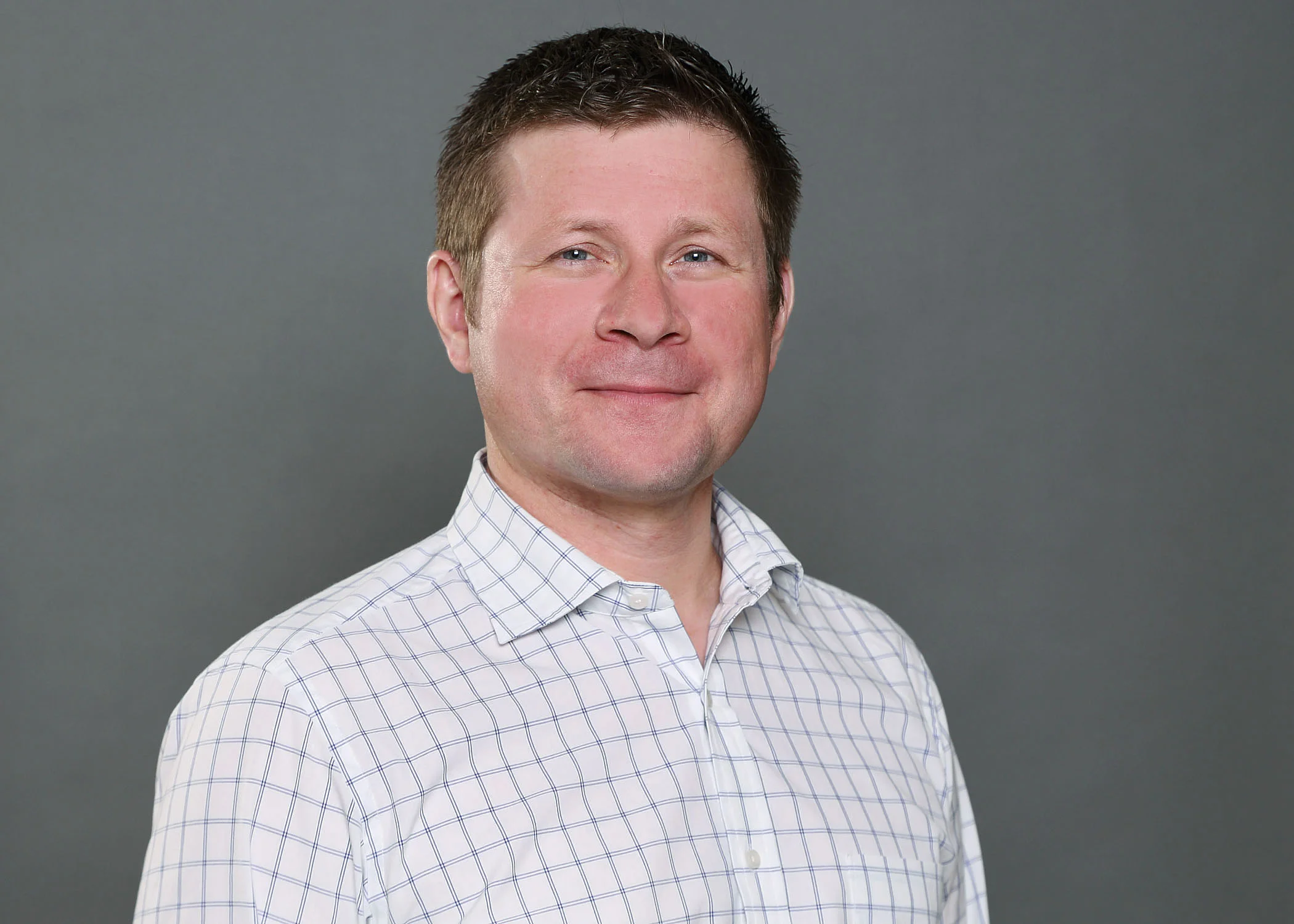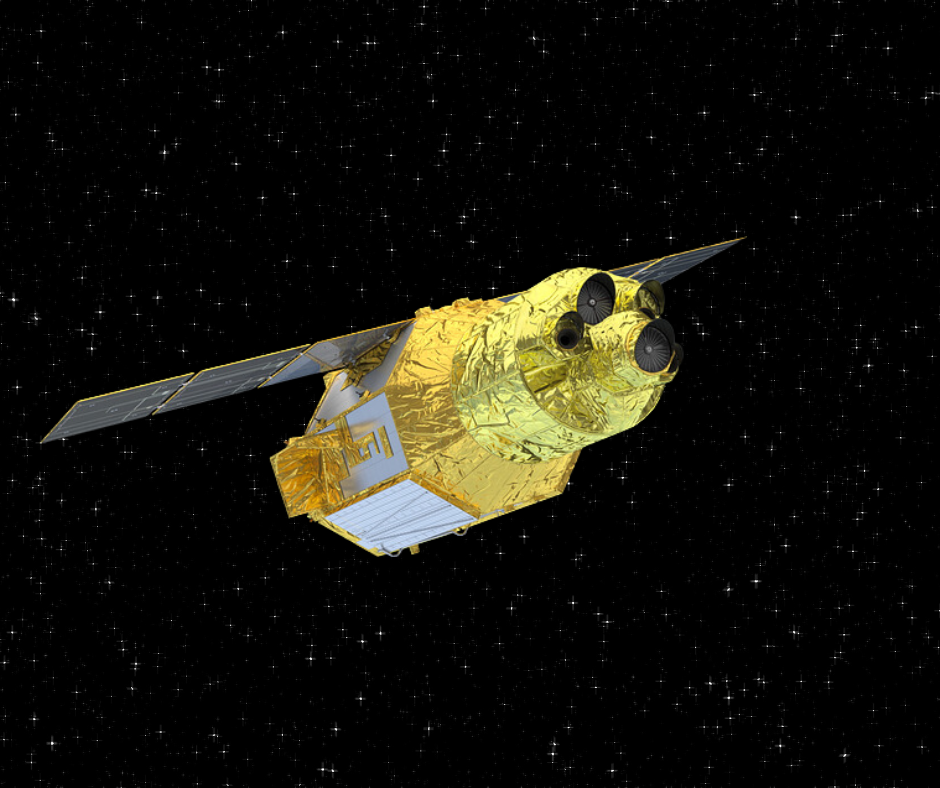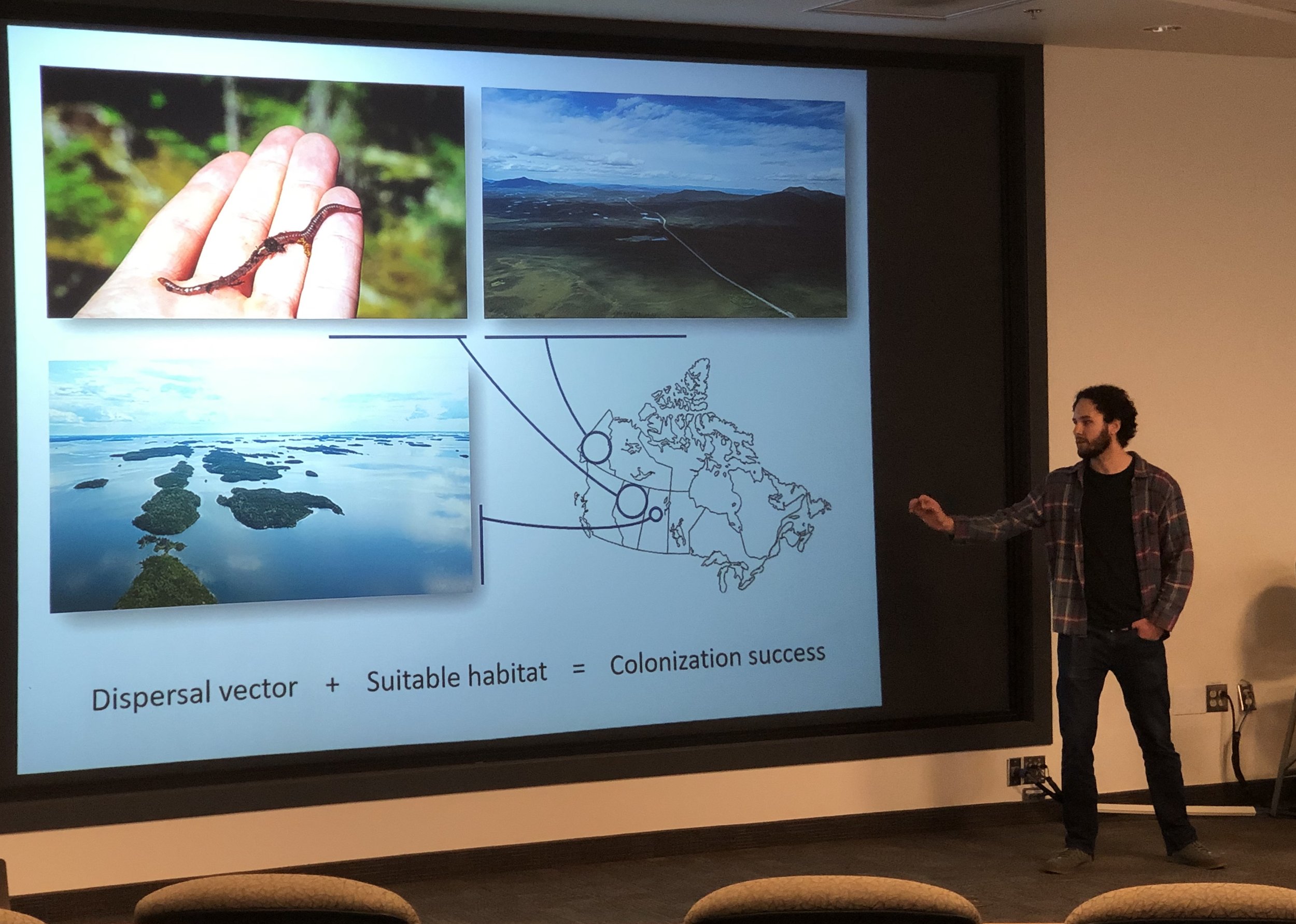Dr. Sheppard’s PhD research has made her uniquely qualified for her role teaching at the university level. Her interest in how students learn led her to pursue the topic of chemistry education research for her doctoral degree. She explains that during the first few weeks of classes, she intentionally slows the pace to let students adjust to the environment.
“For some students, the lab can be very daunting because they didn't have a lab in high school—coming from a big city high school is not the same as any rural area in the world,” she says. “As part of our student success program, their first experience in that room isn’t an experiment—they go into the space as part of a scavenger hunt around campus…it helps them get oriented first.”
Once the term is underway, students will look forward to performing guided inquiry experiments along with a more traditional curriculum of procedural experiments. Guided inquiry prepares students for real-world work by challenging them to design an experiment to tackle a problem, tweaking it in the lab and submitting their group’s finalized experiment.
“Learning how to approach a problem teaches creative thinking— if the procedures don’t all work out perfectly, they learn more from that,” she says.
In her PhD research, Dr. Sheppard looked at how students learn about pH buffers, a chemistry topic that many find difficult to grasp. “I was trying to figure out why is this so tough for students—what are the roadblocks,” she explained. First, she interviewed students at the University of New Hampshire using a “think out loud” approach, recording them as they worked through problems. A qualitative analysis followed, allowing her to design teaching strategies that matched students’ successes and challenges.
“It was interesting to see that while the American students might have different backgrounds, they have the same or similar challenges that our students have.”
Her last goal for her PhD was to design a teaching strategy that addresses those challenges, setting students up for success. After many years of teaching, the instinct to help students is strong.
“You have to separate yourself from the student, you can’t help them because you want to see what they’re thinking and what the issues are,” she explained. “I think I ground the enamel off my teeth because I kept wanting to jump in and help.”
This research is beneficial to students in the classroom and lab and may lead to changes in how the topic is introduced in textbooks.
“Textbooks come from an expert point of view, but if you’re not an expert yet, that approach can be frustrating,” she explained. “One of the tenets of teaching pedagogy is that it’s not about knowing the topic, it’s about knowing how to teach it.”
Dr. Sheppard explained that like most PhD topics, hers was very narrow in focus. But she says it also exposed her to literature and people at conferences who are talking about different ways to teach.
“Understanding better how students learn at a higher level, it’s easier to transfer that knowledge to other areas of chemistry,” explained Dr. Sheppard.
Dr. Sheppard’s history of successful teaching and her drive to continuously build on that success have been recognized. This spring she won the Father William A. Stewart. S.J. Medal for Excellence in Teaching, the top teaching award at Saint Mary’s. The award is determined by nominations from alumni, students and colleagues and is awarded to a professor who has made significant contributions to the education of Saint Mary's students through excellence in teaching and service.
Father Stewart was known for his strong beliefs in promoting accessible education to marginalized communities and was also very much involved in promoting teaching innovation and excellence on campus. The award honours this legacy.
After receiving the award at the May convocation ceremony, Dr. Sheppard travelled to the U.S. where she received her PhD at the University of New Hampshire.
Congratulations Dr. Sheppard!















































